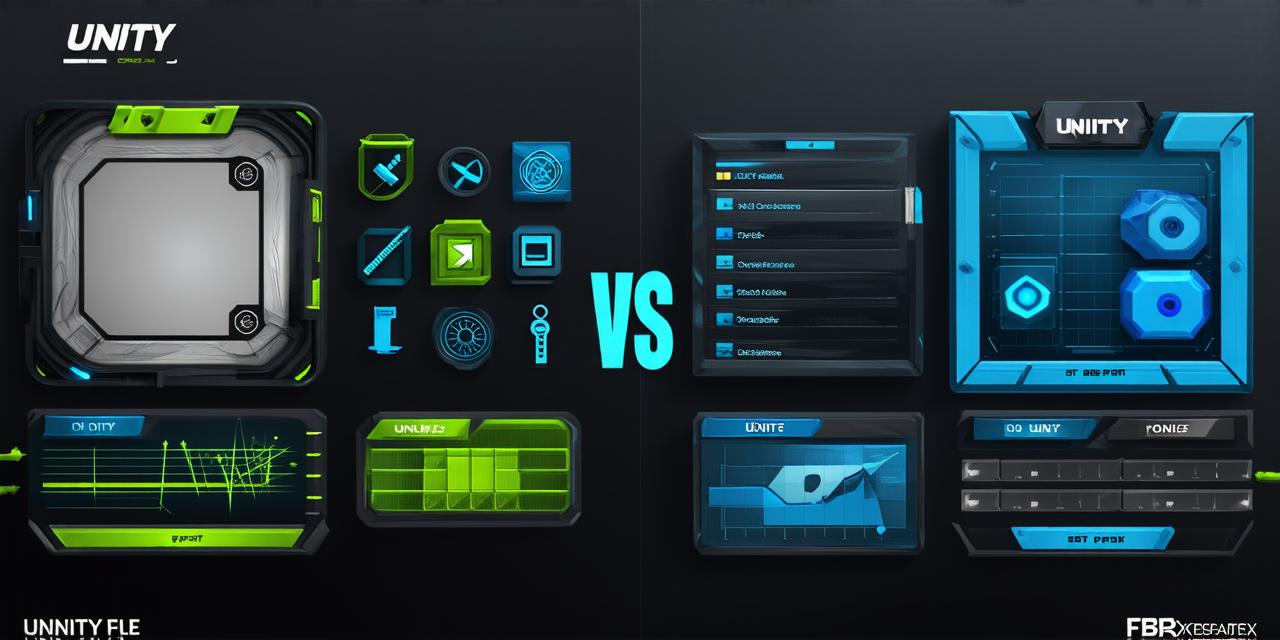When it comes to 3D modeling in Unity, there are two file formats that you may come across frequently: OBJ and FBX. Both of these formats have their own strengths and weaknesses, so choosing the right one depends on your specific needs.
OBJ File Format
The OBJ file format is a widely-used format for storing 3D models in ASCII text files. It was first introduced in the late 1970s and has since been adopted by many popular 3D modeling software, including Blender, Maya, and 3DS Max.
One of the main advantages of using the OBJ file format in Unity is its simplicity. The format is easy to understand and can be edited manually if necessary. This makes it a good choice for small projects or prototypes where you don’t need a lot of advanced features.
Another advantage of the OBJ format is its cross-platform compatibility. It can be used in a wide range of 3D modeling software and is supported by most operating systems, making it easy to share models between different platforms.
However, there are some limitations to using the OBJ file format in Unity. For example, it doesn’t support advanced features like skeletal animation or vertex weights, which can be important for more complex projects. Additionally, it can be slower to load and edit than other formats, particularly when working with large models.
FBX File Format
The FBX file format is a proprietary format developed by Autodesk, the makers of popular 3D modeling software like 3DS Max and Maya. It was first introduced in the late 1990s and has since become one of the most widely-used formats for storing 3D models.
One of the main advantages of using the FBX file format in Unity is its support for advanced features like skeletal animation, vertex weights, and texture mapping. This makes it a good choice for more complex projects that require these features. Additionally, the format can handle large models without any issues, making it ideal for use in games and other large-scale applications.
However, there are some limitations to using the FBX file format in Unity. It is a proprietary format, which means that you need a license to use it, and it can be more difficult to edit manually than the OBJ format. Additionally, the format can be slower to load and export than other formats, particularly on older systems or when working with very large models.
Summary
In conclusion, both the OBJ and FBX file formats have their own strengths and weaknesses, and choosing the right one depends on your specific needs. If you are working on a small project or prototype, or if you need to share models between different platforms, the OBJ format may be the best choice. However, if you need advanced features like skeletal animation or texture mapping, or if you are working on a large-scale application, the FBX format may be more suitable. Ultimately, it’s up to you to decide which file format is better suited for your needs.
